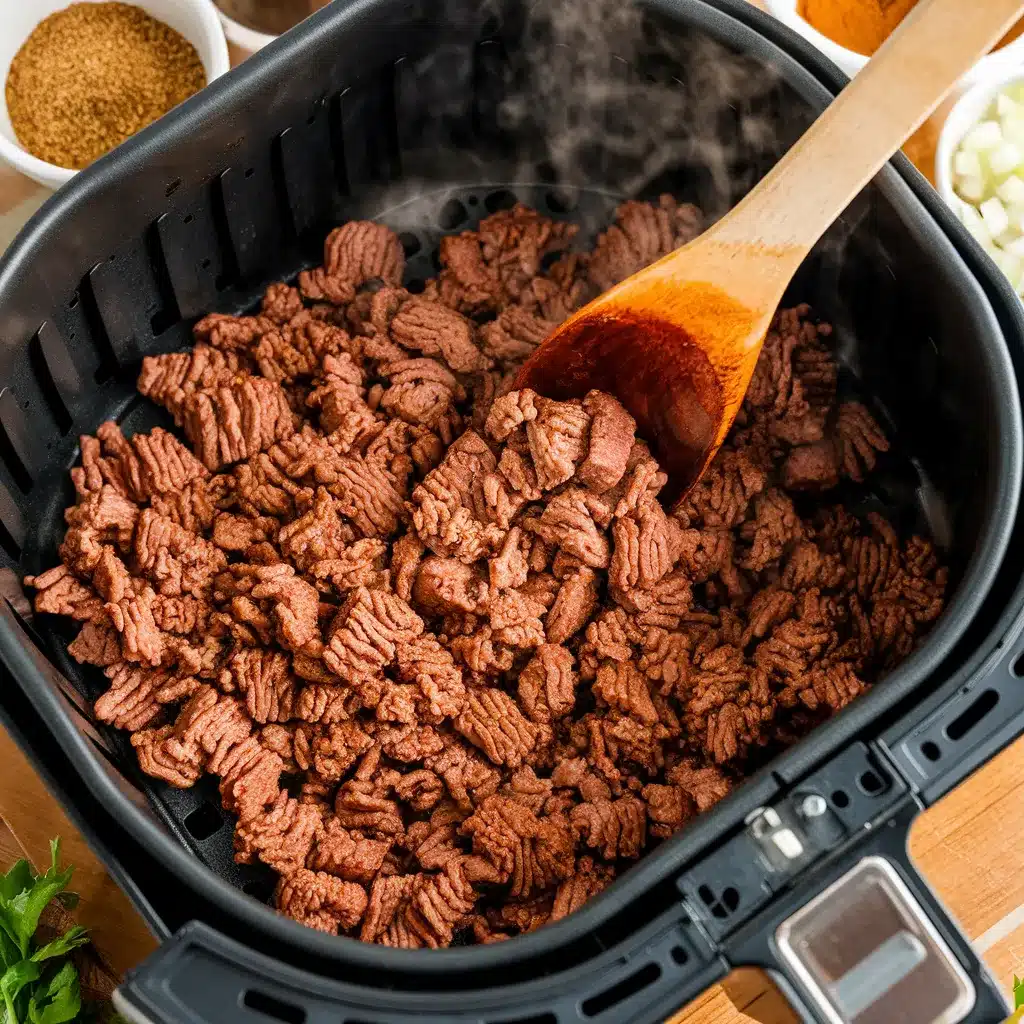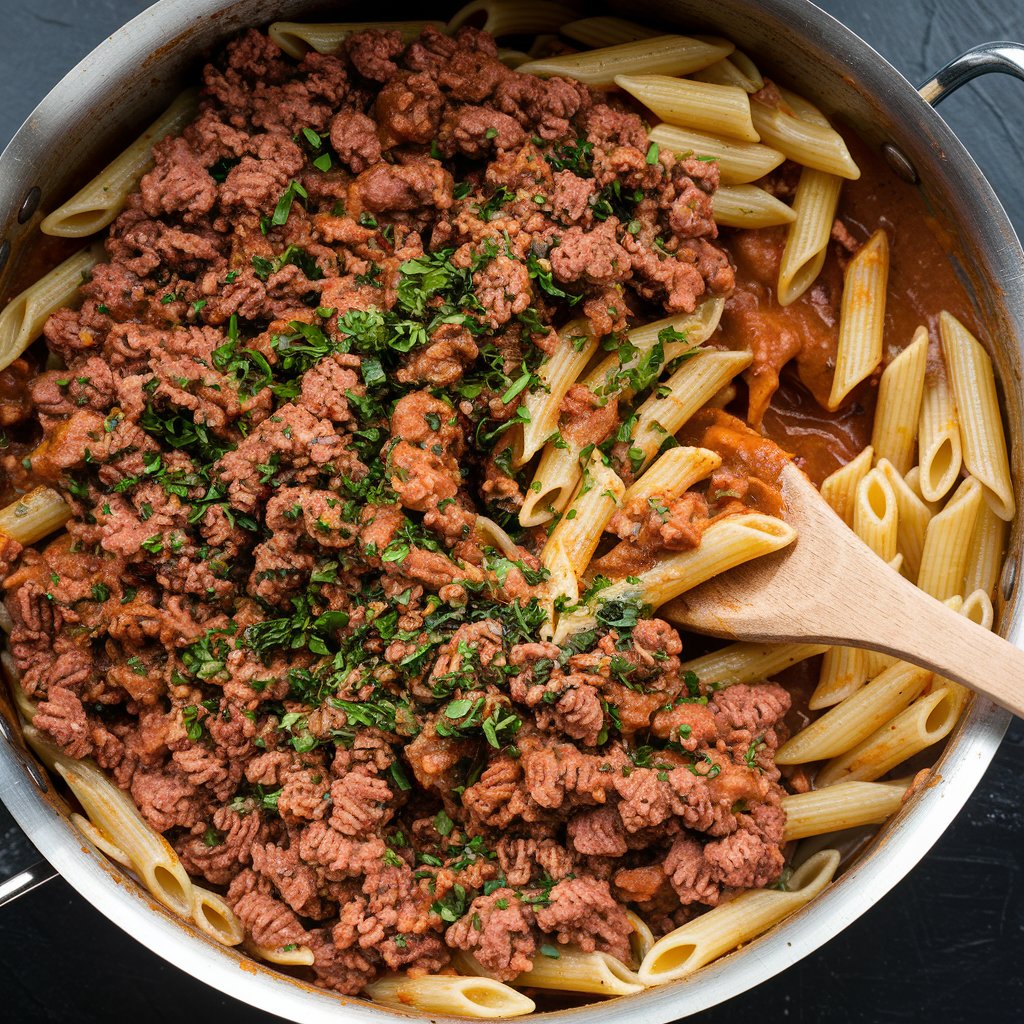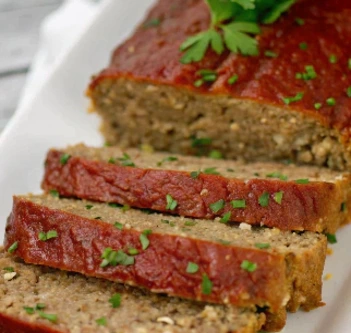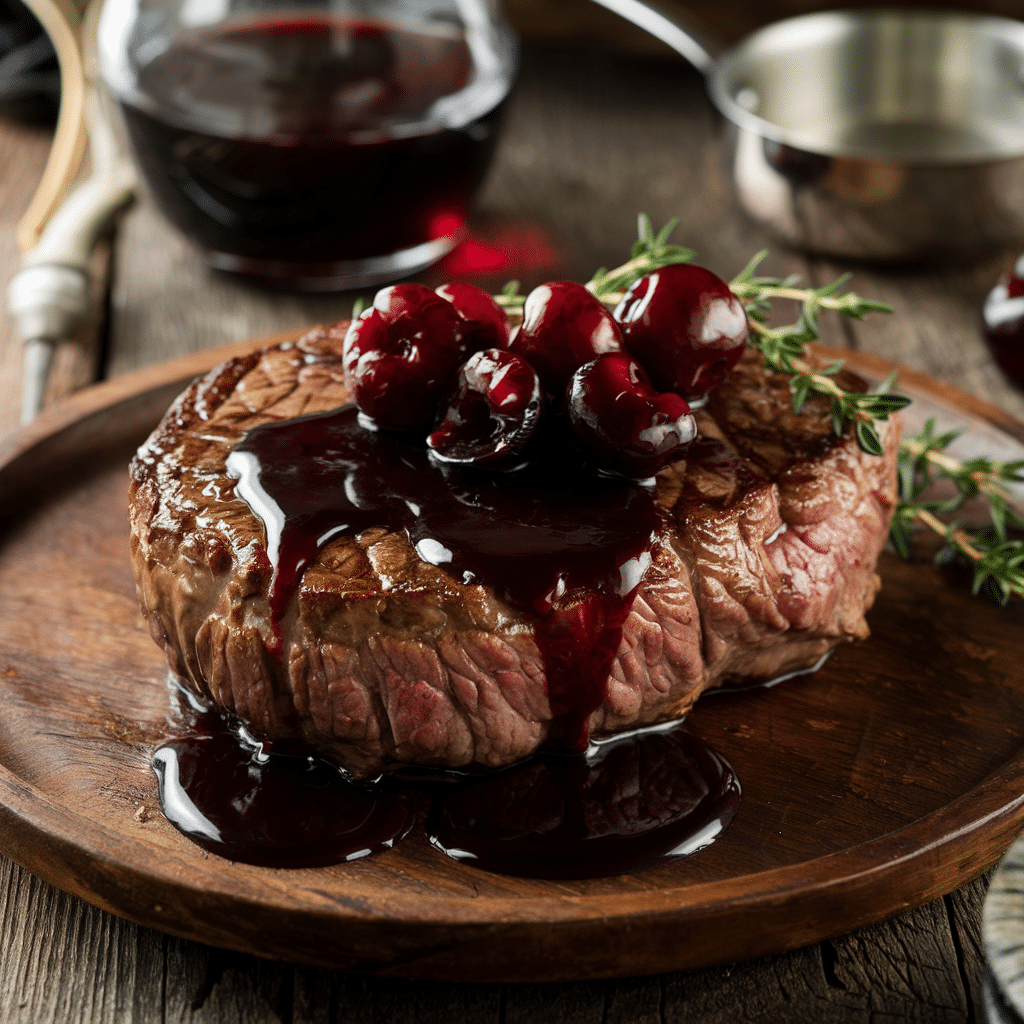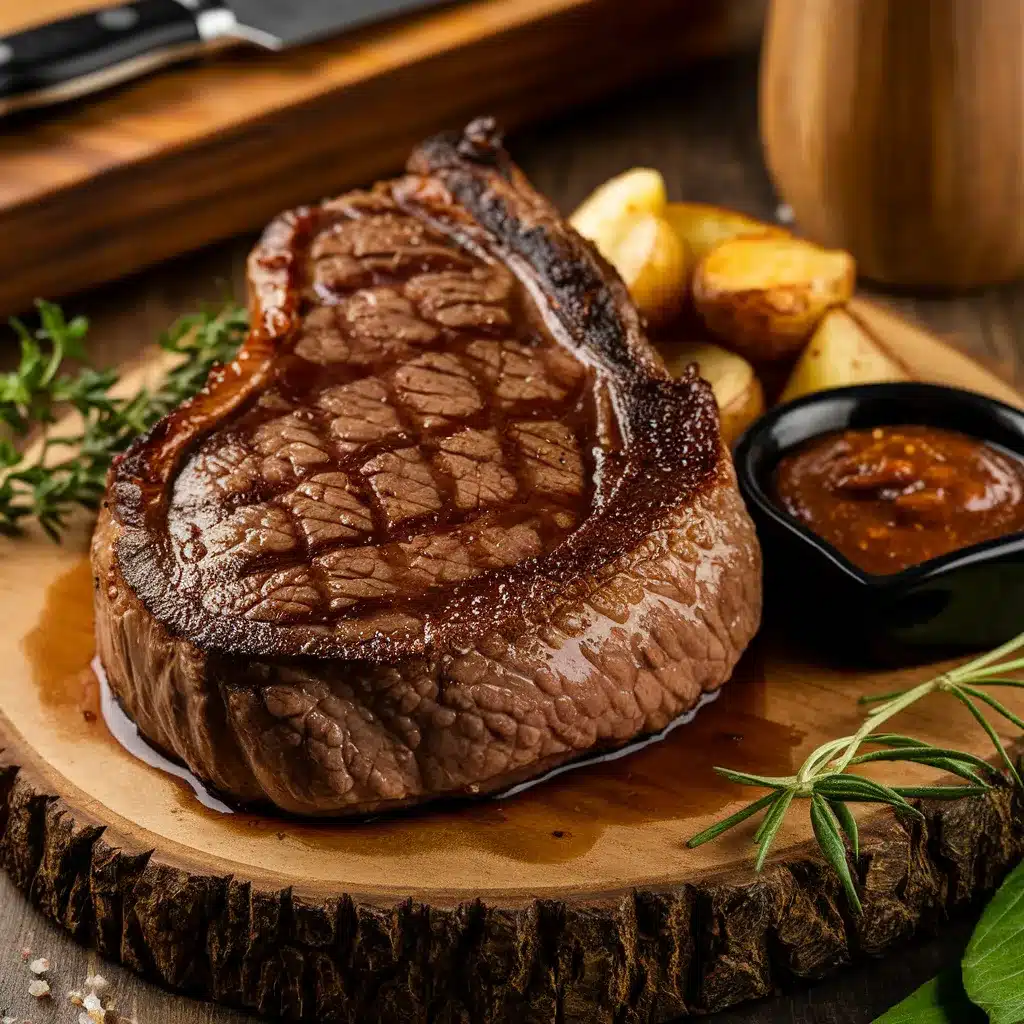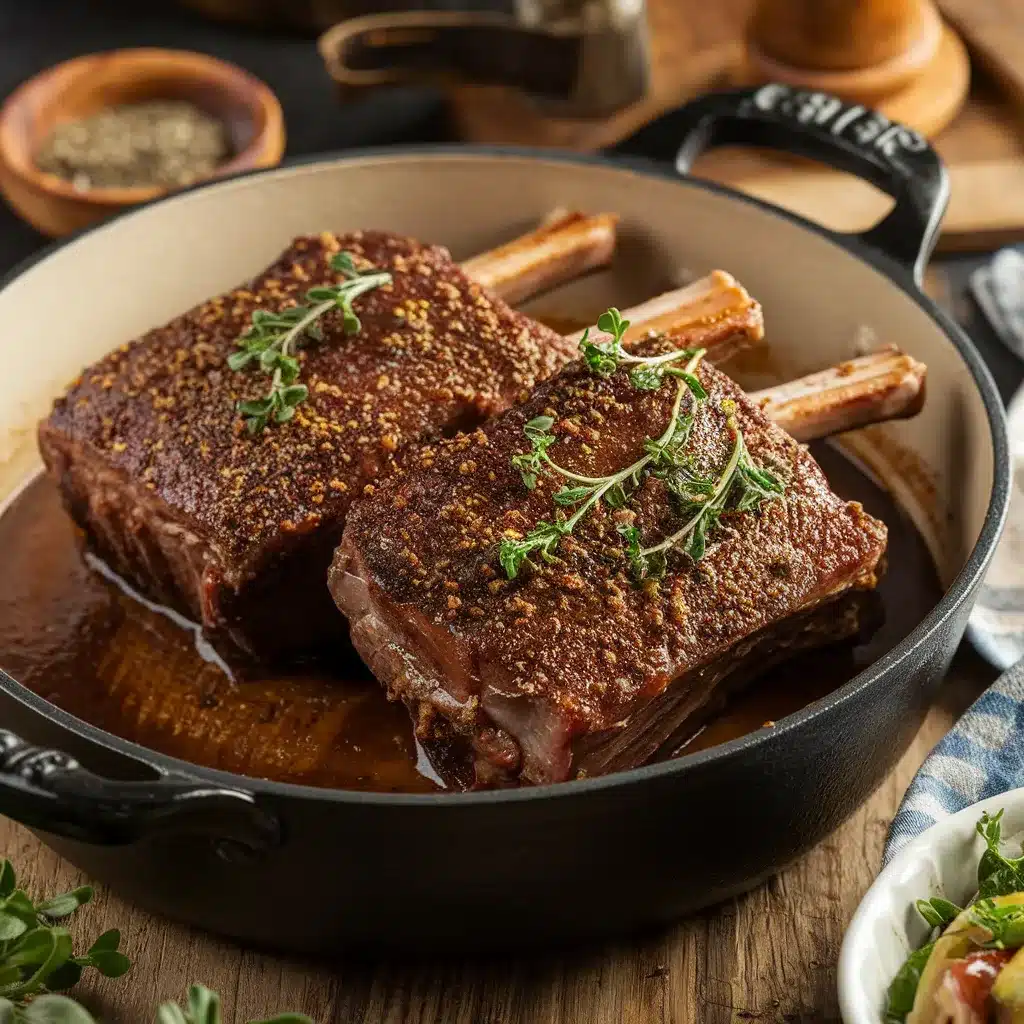Beef Belly Recipes for a Mouthwatering, Unforgettable Meal
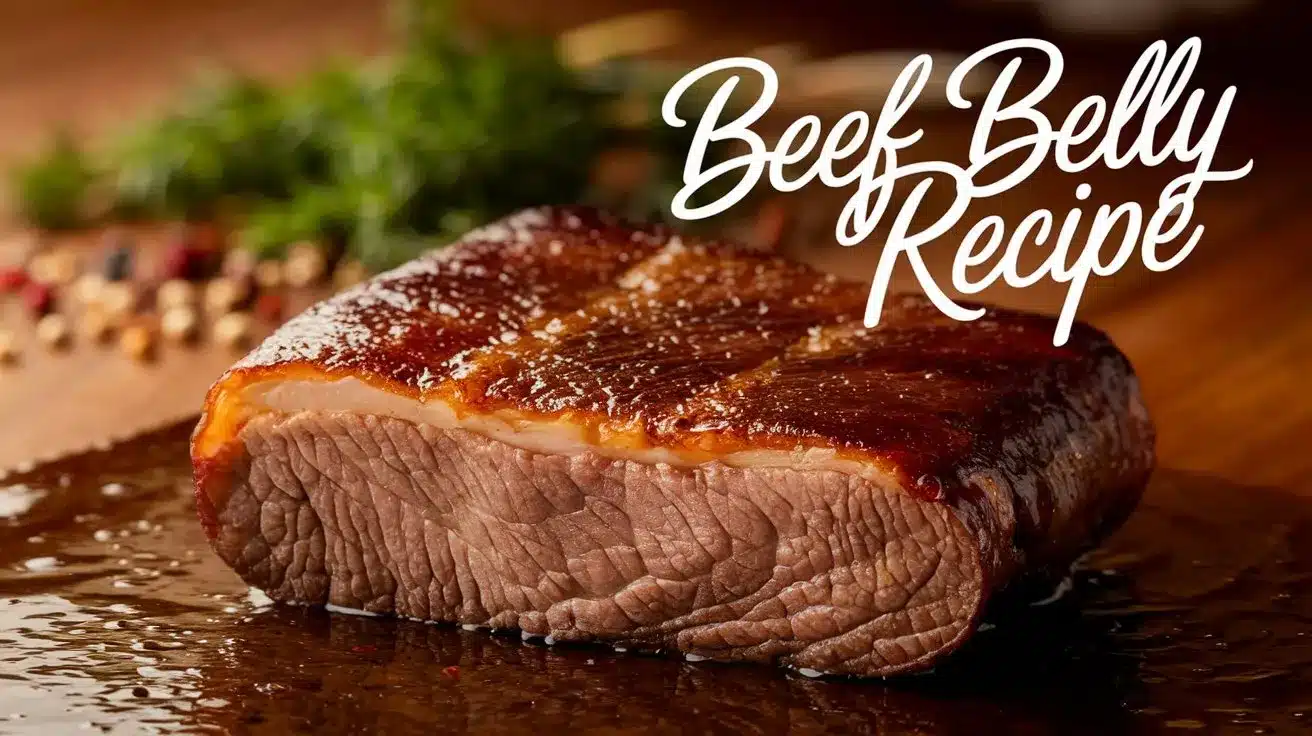
Indulge in the rich flavors of a perfectly cooked marinated beef belly, a dish that’s sure to impress. This recipe promises a juicy, mouthwatering meal that’s both satisfying and delicious.

Beef Belly Recipe
The secret to this dish lies in its simple yet effective marinade, which tenderizes the meat to perfection. With a few ingredients and some patience, you can create a truly unforgettable dining experience.
Key Takeaways
- Easy-to-follow steps for a delicious beef belly dish
- A simple marinade for tender and flavorful meat
- A mouthwatering meal perfect for any occasion
- Tips for achieving the perfect texture and flavor
- A recipe that’s sure to impress your family and friends
What is Beef Belly?
Understanding beef belly is the first step to unlocking its full culinary potential. Beef belly, a cut from the underside or belly of the cow, is gaining popularity for its rich flavor and tender texture when cooked appropriately.
Anatomy and Characteristics
Beef belly is known for its layers of fat and meat, contributing to its tender and flavorful profile when cooked. The cut is often associated with slow-cooking methods to break down the connective tissues.
Nutritional Profile
The nutritional profile of beef belly is a mix of high fat and protein content. It is rich in:
- Protein: Essential for muscle repair and growth.
- Iron: Vital for healthy red blood cells.
- Zinc: Important for immune function and wound healing.
Why Beef Belly recipe Makes an Exceptional Dish
Beef belly’s exceptional qualities stem from its unique flavor profile and texture. This cut of meat is renowned for its rich, unctuous texture and deep, meaty flavor that elevates any dish it’s part of.
Flavor Profile
The flavor profile of beef belly is complex and layered. When cooked, especially through methods like braising, the fat renders out, infusing the meat with a deep, rich flavor that’s both savory and indulgent. This process enhances the natural taste of the beef, making braised beef belly a culinary delight.
- Rich, meaty flavor
- Deep, savory taste
- Unami flavor from slow cooking
Texture and Mouthfeel
The texture of beef belly is perhaps its most appealing aspect. When cooked correctly, it becomes tender and falls apart easily, offering a luxurious mouthfeel. The fat content contributes to this tenderness, making each bite a rich and satisfying experience.
“The tender, unctuous texture of well-cooked beef belly is a sensory experience like no other.”
Key characteristics include:
- Tender and easily shredded
- Luxurious mouthfeel due to high fat content
- Rich, satisfying texture
Selecting the Perfect Beef Belly recipe
To achieve tender and flavorful slow-cooked beef belly, you must start with the right selection. The quality of the beef belly significantly impacts the final dish, making it essential to know what to look for.
Quality Indicators
When selecting beef belly, there are several quality indicators to consider. Look for a cut with a good balance of meat and fat, as this balance is crucial for achieving tender and flavorful results. The meat should have a fine texture, and the fat should be evenly distributed.
A good beef belly should also have a rich, red color, indicating freshness and quality. Avoid cuts with signs of drying or browning, as these can be indicators of age or poor handling.
| Quality Indicator | Description | Importance |
| Meat to Fat Ratio | Balance between meat and fat for tender and flavorful results | High |
| Meat Color | Rich, red color indicating freshness | High |
| Fat Distribution | Even distribution of fat for consistent flavor | Medium |
Where to Purchase
Beef belly can be found at various retailers, both online and in-store. Specialty butcher shops and high-end grocery stores often carry a selection of beef belly cuts. When purchasing, ask your butcher about the origin and quality of the beef.
Essential Preparation Techniques
To unlock the full flavor of beef belly, mastering preparation techniques is crucial. Proper preparation not only enhances the texture and flavor but also ensures that the final dish is both visually appealing and delicious.
Trimming and Cleaning
The first step in preparing beef belly is trimming and cleaning. This involves removing any excess fat or connective tissue that may be present on the surface or within the meat. Proper trimming helps in achieving a more even cook and better texture. Use a sharp knife to carefully trim the fat, taking care not to cut away too much of the meat.
Seasoning Basics
Seasoning is a critical step that enhances the natural flavors of the beef belly. Basic seasoning involves using salt, pepper, and other herbs or spices according to your recipe. Rubbing the seasoning into the meat ensures that the flavors penetrate deeper, resulting in a more flavorful dish. For a simple yet effective seasoning, combine kosher salt, black pepper, and your choice of herbs like thyme or rosemary.
“The art of seasoning is not just about adding flavor, but also about enhancing the natural taste of the ingredients.” – Chef Thomas Keller
Marination Methods
Marinating beef belly can add an extra layer of flavor and tenderness. Common marination methods include using a mixture of olive oil, soy sauce, garlic, and herbs. The acidity in ingredients like soy sauce or vinegar helps break down the proteins, making the meat more tender. For a marinated beef belly, allow it to marinate for at least a few hours or overnight for the best results.
| Marination Ingredient | Purpose | Example |
| Acidic Component | Tenderizes the meat | Soy sauce, vinegar |
| Oils | Adds moisture and flavor | Olive oil |
| Herbs and Spices | Enhances flavor | Garlic, thyme, rosemary |
The Ultimate Beef Belly Recipe
Elevate your cooking with our ultimate beef belly recipe, packed with flavor and tenderness. This dish is sure to become a staple in your culinary repertoire.
Ingredients List
To make our ultimate beef belly recipe, you’ll need the following ingredients:
- 2 pounds beef belly, skin removed
- 1/4 cup brown sugar
- 2 tablespoons smoked paprika
- 1 tablespoon garlic powder
- 1 tablespoon onion powder
- Salt and pepper, to taste
- 2 tablespoons olive oil
Ensure that you select high-quality ingredients to achieve the best flavor.
Step-by-Step Instructions
Cooking our beef belly recipe is straightforward. Follow these steps:
- Preheat your oven to 300°F (150°C).
- In a small bowl, mix together brown sugar, smoked paprika, garlic powder, onion powder, salt, and pepper.
- Rub the spice mixture all over the beef belly, making sure it’s evenly coated.
- Heat olive oil in a large oven-safe skillet over medium-high heat. Sear the beef belly until browned on all sides.
- Transfer the skillet to the preheated oven and roast for 2 1/2 to 3 hours, or until the beef belly is tender.
Chef’s Tips for Success
As Chef John once said,
“The key to a great beef belly dish is in the slow cooking process, which breaks down the connective tissues and infuses the meat with flavor.”
To achieve similar results, ensure that you don’t rush the cooking process. Let the beef belly cook slowly to achieve tender, fall-apart texture.
Braised Beef Belly: Melt-in-Your-Mouth Goodness
Beef belly, when braised to perfection, offers a dining experience that’s both luxurious and comforting. This cooking method is ideal for tenderizing the meat, making it fall-apart tender and richly flavored.
Braising Fundamentals
Braising involves cooking the beef belly in liquid over low heat for an extended period. This technique breaks down the connective tissues, resulting in tender meat. To start, sear the beef belly to create a flavorful crust, then cook it in a mixture of liquid and aromatics.
- Choose the right cut of beef belly for braising.
- Season the meat before searing.
- Use a suitable braising liquid, such as stock or wine.
Wine and Stock Selection
The choice of wine and stock is crucial for braising beef belly. A good red wine can add depth, while a rich beef stock enhances the overall flavor. Consider combining both for a complex taste profile.
Key considerations:
- Select a wine that complements the beef, such as Cabernet Sauvignon or Merlot.
- Use a high-quality beef stock for added richness.
Aromatics and Flavor Enhancers
Aromatics like onions, carrots, and celery are essential for adding depth to the braising liquid. Additional flavor enhancers, such as garlic and herbs, can be included to tailor the dish to your taste.

braised beef belly recipe
By combining these elements—braising fundamentals, careful wine and stock selection, and the use of aromatics and flavor enhancers—you can create a truly exceptional braised beef belly dish.
Slow-Cooked Beef Belly recipe for Maximum Tenderness
Slow-cooking is a foolproof method to turn tough beef belly recipe into a tender, fall-apart delight. This technique is perfect for those who appreciate rich, unctuous textures and deep flavors.
Slow Cooker Setup
To begin, setting up your slow cooker correctly is crucial. Ensure your beef belly is placed in a single layer, allowing for even cooking. Add your choice of aromatics, such as onions, garlic, and herbs, around the meat.
Key considerations include using a slow cooker that is appropriately sized for the amount of beef belly you are cooking and ensuring the lid fits tightly to prevent moisture loss.
Time and Temperature Guidelines
Cooking time and temperature are vital for achieving tender beef belly. Generally, cooking on low for 8-10 hours is recommended, though this can vary based on the size and thickness of the belly.
A good rule of thumb is to cook until the meat reaches an internal temperature of 190°F – 195°F, ensuring it’s tender and easily shreds with a fork.
Flavor Infusion Techniques
Infusing flavor into your slow-cooked beef belly recipe can be achieved through marination before cooking or by adding flavorful liquids during the cooking process.
Using a mixture of stock, wine, and spices can significantly enhance the dish. You can also add vegetables like carrots and celery to the slow cooker for added depth of flavor.
Achieving Crispy Beef Belly Perfection
The art of making crispy beef belly involves a combination of pre-cooking methods and crisping techniques. To achieve this culinary delight, it’s essential to understand the steps involved in transforming a tender, braised beef belly recipe into a crispy, mouth-watering masterpiece.
Pre-cooking Methods
Pre-cooking is a crucial step in achieving crispy beef belly recipe. It involves braising or slow-cooking the beef belly until it’s tender, then letting it cool completely. This step is vital as it helps to render the fat, making the belly easier to crisp up later. Proper cooling is key to preventing the growth of bacteria and ensuring food safety.
Crisping Techniques
To achieve that perfect crisp, several techniques can be employed. One popular method is to sear the beef belly recipe in a hot pan with a small amount of oil until it’s golden brown and crispy. Alternatively, you can achieve a crispy exterior by baking the beef belly in the oven with a bit of oil and seasoning. The key is to not overcrowd the pan or baking sheet, allowing for even browning.
Sauce Pairings
The right sauce can elevate the crispy beef belly to new heights. Consider pairing it with a tangy barbecue sauce or a rich, savory gravy. For a more adventurous twist, a spicy Korean chili sauce or a zesty citrus-herb sauce can add a delightful contrast to the rich, crispy beef.
Korean Beef Belly recipe: Spicy and Savory
In the realm of Korean cuisine, beef belly stands out for its rich, unctuous texture and bold, spicy flavors. This dish has gained popularity worldwide for its complex flavor profile, which is both spicy and savory.

korean beef belly recipe
Traditional Korean Marinades
Traditional Korean marinades for beef belly typically include a combination of gochujang (Korean chili paste), soy sauce, garlic, ginger, and sugar. These ingredients work together to create a deep, savory flavor with a spicy kick.
The marinade is crucial as it not only flavors the beef but also tenderizes it. For an authentic taste, it’s essential to use high-quality gochujang and fresh ingredients.
Cooking Methods
Cooking Korean beef belly recipe involves grilling or pan-frying the marinated meat to achieve a nice caramelized crust on the outside while keeping the inside tender and juicy.
Some recipes also suggest braising the beef belly after grilling to enhance its tenderness. This two-step cooking method ensures that the meat is both flavorful and melt-in-your-mouth tender.
Authentic Accompaniments
Authentic accompaniments to Korean beef belly include kimchi (spicy fermented Korean cabbage), steamed rice, and various banchan (small side dishes). Kimchi adds a sour and spicy contrast to the richness of the beef belly.
For a complete Korean dining experience, serving beef belly with these traditional accompaniments is highly recommended.
Advanced Techniques: Smoked and Sous Vide Beef Belly
For those looking to elevate their beef belly game, advanced cooking techniques like smoking and sous vide offer unparalleled flavor and texture. These methods allow for a depth of flavor and tenderness that is hard to achieve with traditional cooking techniques.
Smoking Woods and Temperatures
Smoking beef belly involves using different types of wood to infuse a rich, smoky flavor. Popular smoking woods include hickory, applewood, and mesquite. Each wood type imparts a unique flavor profile, so experimentation is key to finding the perfect match. Temperature control is also crucial, with most smoking done between 225°F to 250°F. This low and slow process breaks down the connective tissues, resulting in tender, flavorful beef belly.
Sous Vide Precision Cooking
Sous vide cooking offers precision temperature control, ensuring that the beef belly is cooked to the exact desired level of doneness. This method involves sealing the beef belly in a bag and then cooking it in a water bath at a consistent temperature. For beef belly, a temperature range of 130°F to 160°F is typical, depending on the desired tenderness and texture.
Finishing Touches
Regardless of whether you smoke or sous vide your beef belly, the finishing touches can elevate the dish. For smoked beef belly, a quick sear on a hot grill or in a skillet can add a nice crust. For sous vide beef belly, a similar sear or a crisping technique can enhance the texture. Additionally, serving with a complementary sauce or accompaniments can further enhance the overall dining experience.
Troubleshooting Common Beef Belly Cooking Issues
Despite its rich flavor, beef belly recipe can be tricky to cook to perfection. Several common issues may arise, but with the right techniques, you can achieve a deliciously tender and flavorful dish.
Dealing with Toughness
Toughness in beef belly is often a result of undercooking or improper cooking techniques. To avoid this, ensure that you cook the beef belly low and slow, allowing the connective tissues to break down. Using a meat thermometer can also help you achieve the perfect tenderness.
Tip: Always cook beef belly to an internal temperature of at least 160°F (71°C) to ensure tenderness.
Managing Fat Content
Beef belly is known for its rich, unctuous texture due to its high fat content. While this is a desirable trait, excessive fat can be overwhelming. To manage fat content, you can trim some of the fat before cooking or use a combination of cooking methods that allow excess fat to render off.
| Cooking Method | Fat Rendering Effectiveness |
| Braising | High |
| Slow Cooking | High |
| Grilling | Medium |
Flavor Adjustment Tips
Adjusting the flavors in your beef belly dish can elevate it from good to great. Consider using marinades or rubs that complement the rich flavor of the beef. Additionally, balancing the dish with acidic or bright elements, such as citrus or vinegar, can enhance the overall flavor profile.
Tip: Experiment with different seasoning combinations to find the perfect balance for your beef belly recipe.
Conclusion
Beef belly is a culinary delight that offers a rich, indulgent experience. From the tender, fall-apart texture of braised beef belly recipe to the crispy, caramelized exterior of a perfectly cooked beef belly recipe, this cut of meat is sure to impress.
Throughout this article, we’ve explored various techniques for preparing beef belly, including braising, slow-cooking, and crisping. Each method brings out unique flavors and textures, making beef belly a versatile ingredient for any dish.
Whether you’re a seasoned chef or an adventurous home cook, beef belly is a great canvas for creativity. Experiment with different seasonings, marinades, and cooking techniques to create your own signature beef belly recipe. With its rich flavor profile and tender texture, beef belly is sure to become a staple in your kitchen.
So, don’t be afraid to get creative and try new things – the world of beef belly is full of possibilities, and the results are sure to be delicious.
FAQ
What is the best way to cook beef belly?
The best way to cook beef belly depends on the desired outcome, but popular methods include braising, slow-cooking, and crisping. Braising and slow-cooking result in tender, fall-apart texture, while crisping achieves a crunchy exterior.
How do I achieve crispy beef belly?
To achieve crispy beef belly, it’s essential to pre-cook the meat to render the fat, then use a crisping technique such as pan-frying or broiling to achieve the desired crunch. Pat drying the surface before crisping can also help.
Can I use beef belly for Korean-style BBQ?
Yes, beef belly is a popular cut for Korean-style BBQ, known as “samgyeopsal.” Marinating the beef belly in a traditional Korean marinade and grilling it can result in a deliciously spicy and savory dish.
What is the difference between smoked and sous vide beef belly?
Smoked beef belly is cooked low and slow over smoke, infusing a rich, savory flavor, while sous vide beef belly is cooked precisely in a water bath, resulting in tender, evenly cooked meat. Both methods can produce exceptional results.
How do I prevent beef belly from becoming too tough?
To prevent beef belly from becoming too tough, it’s crucial to cook it low and slow, using a method like braising or slow-cooking, which breaks down the connective tissues. Avoid overcooking, as this can make the meat tough.
Can I marinate beef belly overnight?
Yes, marinating beef belly overnight can be beneficial, as it allows the flavors to penetrate deeper into the meat. However, be sure to keep it refrigerated and cook it within a day or two for food safety.
What are some common accompaniments to beef belly?
Common accompaniments to beef belly include kimchi, pickled vegetables, steamed rice, and noodles. The rich flavor of beef belly pairs well with a variety of sides, so feel free to experiment and find your favorite combinations.

